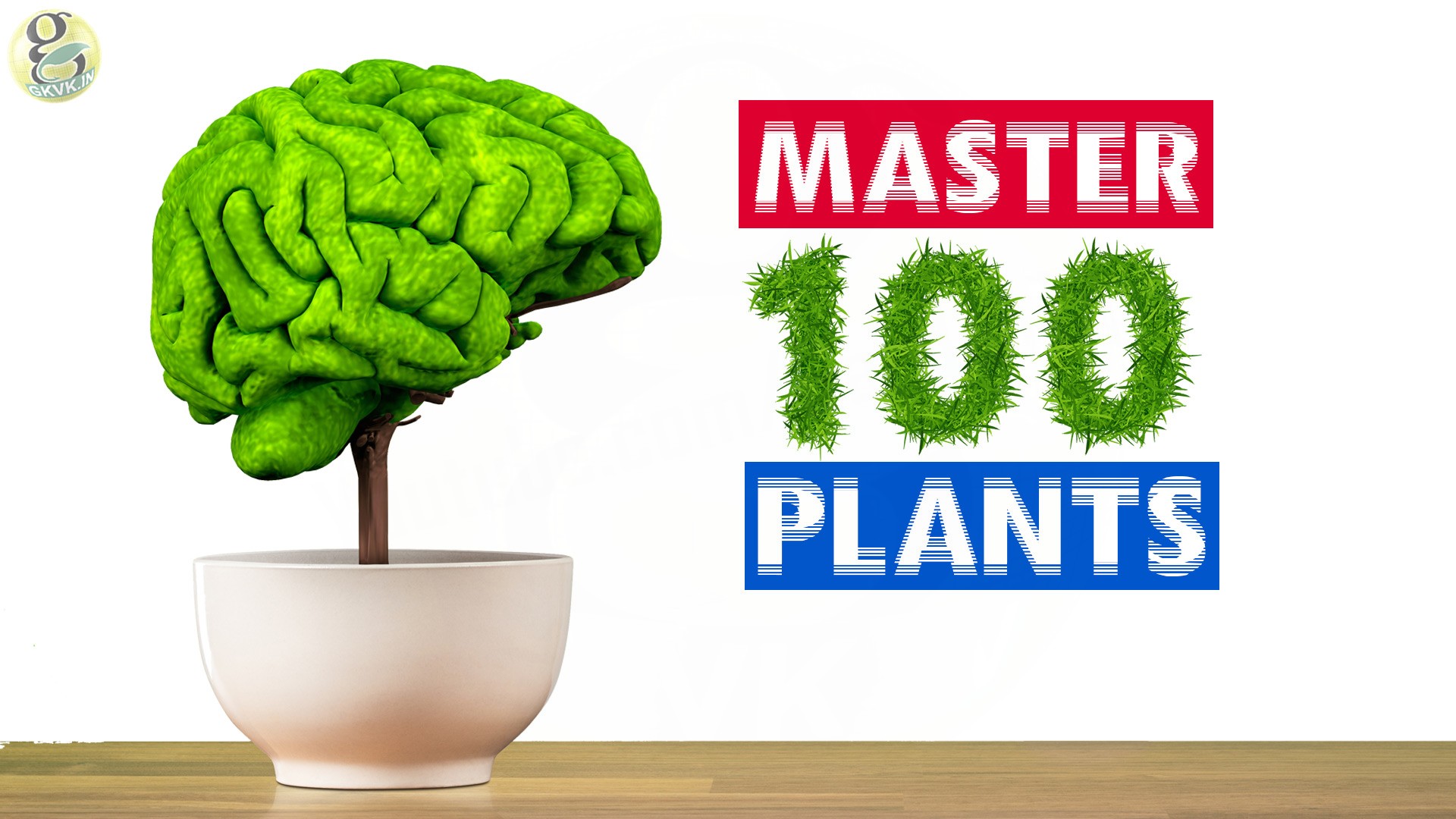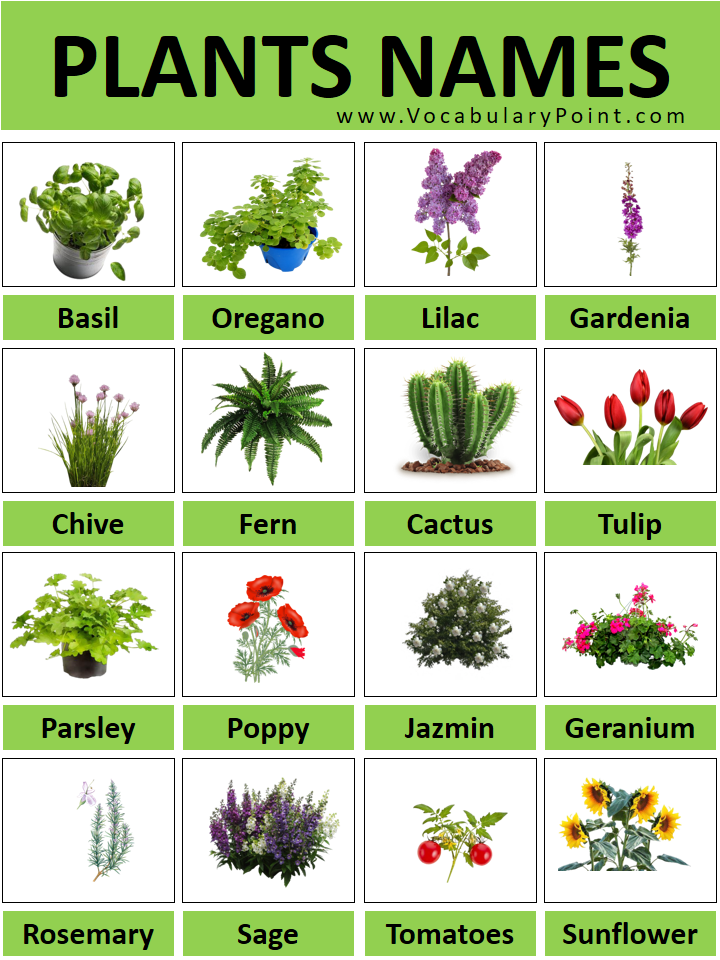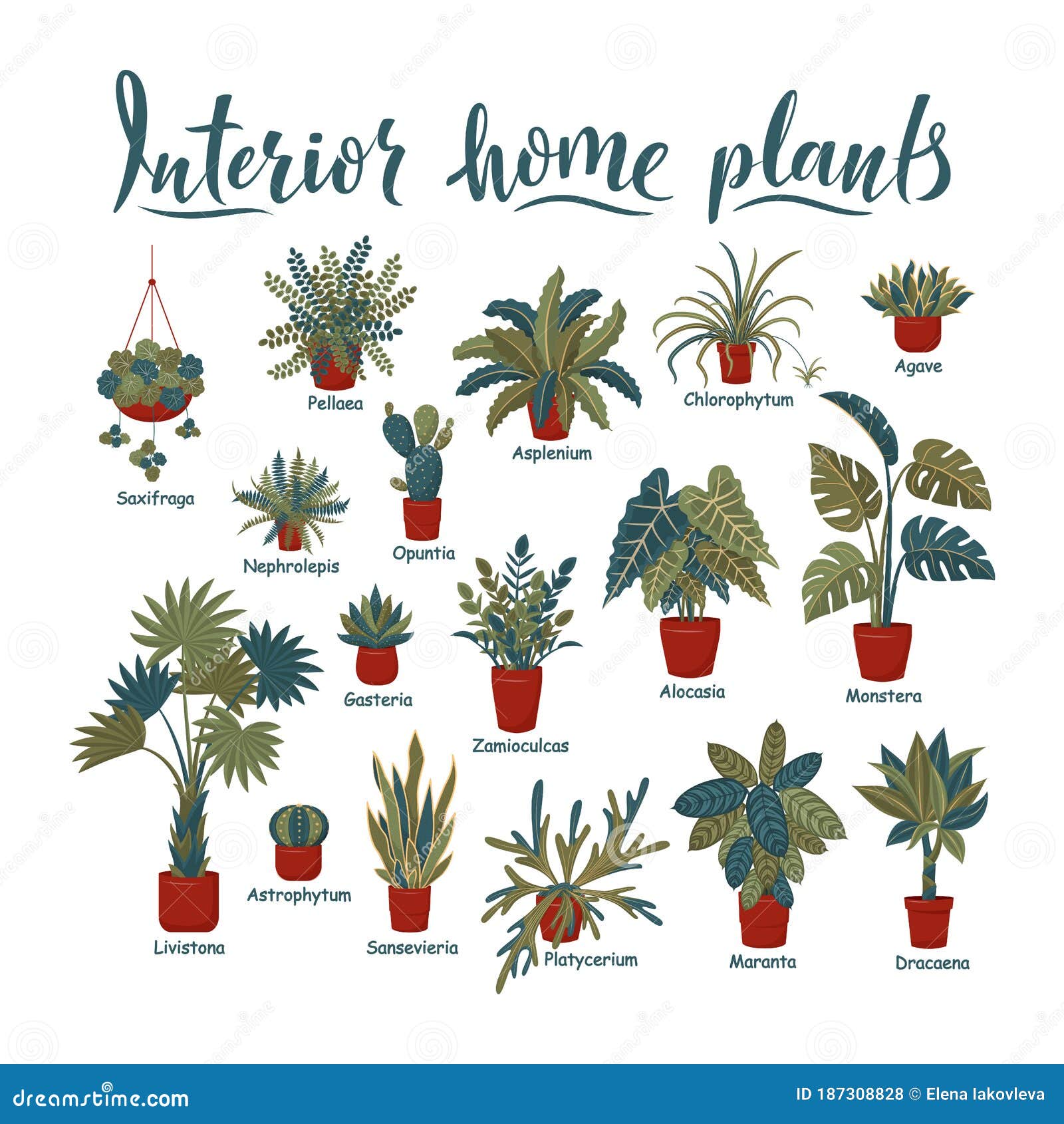Table Of Content

This is a diverse group of tropical plants known for their lush, heart-shaped leaves and climbing or trailing growth habits. With over 400 species in the genus, Philodendrons are popular houseplants that can adapt to various indoor environments. Due to the number of species, Philodendrons can be difficult for houseplant identification. Zamioculcas is a popular and hardy houseplant known for its glossy, dark green leaves, which grow along thick, upright stems. Its attractive, low-maintenance nature makes it an excellent choice for both novice and experienced plant enthusiasts. The ZZ plant makes for a bit more difficult target for houseplant identification.
Swedish Ivy
Many people use wires, rocks, or more creative designs. African violets aren’t exactly difficult to take care of, but they do need specific and regular care. Otherwise, you may struggle to keep them looking good. Try to keep them in an area with plenty of bright indirect light, and consider getting dedicated fertilizer to provide them with extra nutrients. "This fast-growing and vining plant is incredibly easy to take care of and a perfect option for first-time plant owners," Pangborn says. This popular, easy-care plant thrives in just about every light or water situation, and may also serve as a natural air purifier.
English Ivy (Hedera helix)
Its easy-care and lush leaves make Schefflera a stand-out for indoor gardens. It's more tolerant of low humidity than most tropical houseplants. Give your plant a quarter-turn in front of the window every week to expose all sides to indirect sunlight. Like other members of the ficus family, this big-leafed tree wants bright, indirect light.
Golden Pothos (Epipremnum aureum)
I am looking for reliable data re houseplants that I will use in a dissertation project. Could you please inform me if the images on the webpage have an all-creative commons licence? A species from the Lithops genus displaying attractive purple club-shaped leaves. A living stones plant that blooms a beautiful daisy-like flower at the end of fall – the beginning of winter.
28 Best Air-Purifying Plants For The Home - Country Living UK
28 Best Air-Purifying Plants For The Home.
Posted: Wed, 31 Jan 2024 08:00:00 GMT [source]
Anything higher than an 8 is like bringing another family member into your home. The attractive foliage can be lightly scented or highly aromatic and often takes on burgundy and red tones in colder weather outdoors. Peace lilies typically grow from one to four feet tall and wide, but there are smaller dwarf cultivars as well as ones that reach up to six feet. And check out our guide to growing moth orchids for full cultivation details. Hoya gracilis (syn. H. memoria) has raspberry-colored flower clusters with the sweet smell of caramel, and burgundy tinged leaves on vines that may trail up to 36 inches. You can find a Brocade Mix of gloxinia seeds in red, blue, and white blooms available in packets of 200 from Walmart.
Pictures And Names Of Succulents And Cacti Starting With A
English ivy prefers indirect light but can tolerate low light conditions. It should be watered about once a week and the soil allowed to dry out in between watering. This plant is also known for being a good air purifier and is a great choice for bathrooms and kitchens. Bromeliad plants need bright, indirect light and should be watered about once a week. The soil should be allowed to dry out in between watering. These plants are also easy to propagate by taking offsets or pups from the mother plant.
On maturity, this plant can grow up to 2-3 feet tall and 4-6 feet wide. The silver-gray hair of this plant and its flowers make it stand out. Panda Plant needs very little maintenance and does best in dappled light.
Bonsai Trees Plants

They get their nutrients from the air, which means they can be placed almost anywhere in your home. They also only need to be watered (usually misted with a spray bottle) about once a week. Every plant species has its specific needs and requirements. So, the first step to having a lush house with greenery plants is you know the names of your indoor plants, after that, you can search for their needs.
Most common houseplants to spruce up your home
A nice plant once established and free of any problems. An easy house plant, Mother In Law Tongue does not require much care. Will do best in very bright light, even some morning sun. Explore our extensive collection of plant profiles and let us assist you in unraveling the mysteries of your leafy friends at House Plant Identifier.

Preferring consistent moisture levels, if your plant’s leaves begin to brown a little at the margins, it’s likely a sign that your plant could benefit from a little extra humidity. To keep your plant growing strong, fertilize it monthly with a good, organic liquid fertilizer. Frequently sold attached to a board, shingle plants are vines; however, they have a different growth habit from other vining species. With flat growing leaves, in nature shingle plants grow flat and pressed against tree bark for support and may need an extra bit of care as houseplants. To keep these plants happy, provide consistently moist, but not soggy, soil and consider keeping them near a humidifier or planting them in a terrarium. With a little know-how, these colorful plants shouldn’t give you any trouble and their patterned foliage, in white, pink, red and green, will bring a unique twist to your collection.
It’s very easy to grow, tolerates almost full sun, will happily dry out between waterings and comes in a variety of shapes. We are aware that it might be difficult to identify indoor plants. We have therefore developed a simple-to-use houseplant identification tool that can assist you in quickly identifying house plant. To get a precise identification, just take a picture of your plant and upload it to our app or website.
Growing up to 6’ long as houseplants, arrowhead vines come in a range of colors from white to green to dusty pink. Another great plant for an office, peperomia, has thick leaves and is available in many colors and shapes. It’s slow-growing, but it’s low maintenance and recovers well from neglect. It only needs moderate water and bright, indirect light. The waxy, star-shaped blooms are highly fragrant and plants are excellent climbers for a trellis or they may be allowed to trail from hanging baskets. This species is also featured in our guide to the best fragrant houseplants.
Some plants can be harmful to humans and pets if ingested, so it's important to do your research and choose non-toxic varieties. If you have pets or young children in the household, consider avoiding plants such as philodendrons or aloe vera. Flowers are rare, usually coming in as pale green flowers that don’t stand out too much. However, try to trim the flowers before they turn into berries, so they don’t start sucking up all the nutrients and energy. Chinese evergreen is a toxic plant, so keep it away from pets. Calathea come in several hundred varieties, so there’s plenty to choose from if you’re looking for specific designs.
In this guide we cover 10 potential reasons why the leaves of your spider plant leaves are turning yellow and how to fix them. In this step by step guide we teach you how to repot spider plants with pictures to guide you along the way. If you’re having difficulty, try different search engines, or browse the pages of dedicated houseplant websites, such as Just Houseplants, to gain more insight about your mystery plant. Indoor succulents and cacti with their variegated shape, size and colour can match various decorations of your house. You can put them on shelves or hang them from the ceiling.
In this part, you can find the name and pictures of almost 132 common houseplants. As mentioned above, we listed them based on one of the most popular common names, although you can see other names too. Every plant has a lot of common names and has only a specific scientific name.

No comments:
Post a Comment